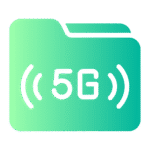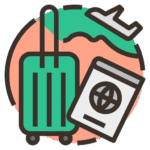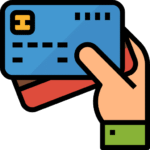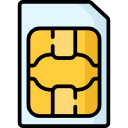IC Cards
Essential Travel Tools for Japan
Every trip starts with the basics. These tools are the backbone of traveling in Japan. From transport to internet, we’ve listed the essentials every visitor needs — with direct links to our in-depth guides.
🔑 How to Use IC Cards in Japan — Step by Step
Using a Suica / PASMO / ICOCA card is the easiest way to ride trains, subways, and buses in Japan. Follow these steps to buy, top up, and tap through gates — plus tips for refunds and mobile wallets.
1 Decide: physical card or mobile wallet
- Physical IC card: buy at airport/train stations; refundable deposit.
- Mobile Suica/PASMO: add to Apple Wallet / compatible Android (no physical deposit; requires supported region/payment).
- Tip: choose physical if multiple travelers will share one wallet or prefer cash top-ups.
2 Buy or pre-order your card
- Airport counters (Narita, Haneda, Kansai, Chitose) and major JR/Metro stations.
- Pre-order online and pick up at airport/hotel to avoid queues.
- Initial cost often ¥2,000 (¥500 deposit + ¥1,500 balance).
3 Top up (charge) your balance
- Use ticket machines (English UI available) or convenience stores.
- Top-up from ¥1,000; cash is universally accepted; some machines accept cards/mobile.
- Mobile Suica/PASMO can top up in-app with eligible cards.
4 Tap in / Tap out correctly
- At gates, hold your card/phone over the reader until you hear a beep.
- Always tap again when exiting. Insufficient balance? Use the fare adjustment machine near the exit.
- Bus: tap on entry and (in some cities) again when you get off.
5 Use it for shopping & lockers
- Pay with IC at 7-Eleven, Lawson, FamilyMart, vending machines, coin lockers, some cafés and attractions.
- Faster than foreign credit cards; great for small purchases.
6 When a Metro Pass is better
- If you expect many subway rides/day, a 24/48/72h pass can be cheaper than pay-as-you-go.
- Example: Tokyo Subway 72h for whirlwind itineraries.
7 Refunds & returning cards
- Physical Suica/PASMO can be returned at official counters: get deposit + remaining balance (minus small handling fee).
- Refund rules vary by issuer; mobile balances can usually be cleared in-app or via support.
❓ IC Cards — Frequently Asked Questions
Suica vs PASMO vs ICOCA — which one should I get?
Get the one that’s easiest where you land: Suica/PASMO in Tokyo, ICOCA in Osaka/Kyoto. They all work similarly across Japan for daily use.
Can I use Suica in Osaka or Kyoto?
Yes. For regular transport and shopping, most IC cards are interoperable. Refunds must be handled by the original issuer region.
Is there a deposit? Can I get it back?
Physical cards often require a ¥500 deposit, refundable when you return the card at official counters (fees may apply).
Are there digital versions?
Yes. Mobile Suica/PASMO works on compatible iPhone/Apple Watch and some Android devices. Setup may depend on region/payment method compatibility.
When is a Metro Pass better than IC?
When you plan many rides in a short period (e.g., 8–12/day), a Tokyo Subway 24/48/72h can be cheaper than pay-as-you-go.









